BECCA MARTIN-BROWN
bmartin@nwaonline.com
Mike Carney says he wasn’t very interested in history growing up and wouldn’t consider himself an artist. Yet Carney has created something with Popsicle sticks, craft glue and “a common steak knife” that most people couldn’t even imagine.
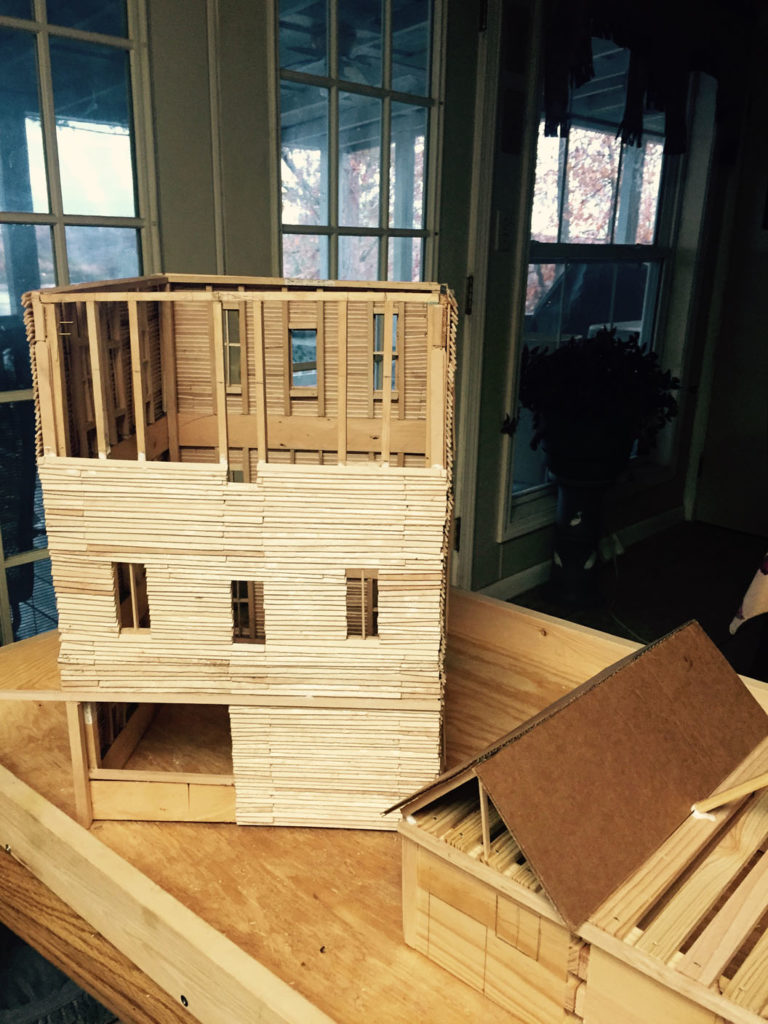
It took Carney 557 hours to make a three-dimensional sculpture of the Van Winkle Mill, built in 1856 in Van Hollow in Benton County, and another 311 hours to re-create the “subscription” Van Winkle School. Both structures, which he calls “floor models,” are on exhibit through the end of October at Hobbs State Park, along with four large paintings of Van Winkle Hollow by Mike’s brother, John.
“Neither of us could be classified as history buffs,” Carney says of himself and his brother. “John is simply a self-trained artist who became interested in Van Hollow when I began to present the history of the Van Winkle family.
“I served as archivist for the Benton County Office of the County Clerk for four years,” Carney goes on, “and during that time, I learned about the Van Winkle Mill and history and ultimately met the granddaughter of Peter and Temperance Van Winkle, who wrote a book on the family. I was asked by the Hobbs staff to present the history each year at their fair. In order to make an effective visual presentation of the structures that were once there, I decided to build the display models. I felt that would be a learning tool for all who attended and preserve the time in American history when mills were a common structure.”
According to the Encyclopedia of Arkansas, Van Winkle’s Mill was a series of gristmills and sawmills operated by Peter Van Winkle near Rogers before and after the Civil War. The Van Winkle Mill Site, which became part of Hobbs State Park-Conservation Area, was listed on the National Register of Historic Places on Nov. 15, 2007.
“The mill thrived in the postwar building boom,” the encyclopedia states, “providing lumber for the rebuilding of Fayetteville and construction of such public buildings as what is now known as Old Main at the University of Arkansas.”
“I think it would be safe to say a major part of homes and buildings built between 1868 and 1900 were constructed with Van Winkle lumber,” Carney adds. In addition to the mill, Carney says he settled on the school “since it was the only structure that I had access to,” painted by his brother from a black-and-white photo.
Again according to the Encyclopedia of Arkansas, laws passed by the Arkansas Territorial Legislature as early as 1829 “allowed the state’s towns to appoint trustees who were responsible for raising money and establishing schools.” Ultimately, this meant that the school system was subscription-based or “pay-as-you-go,” as was the school in Van Hollow.
“I have never built anything like the models in my life, and I was even surprised how well they turned out,” Carney says. “I simply framed the walls like a builder would do and built the unit. I did not have any written plans for the structure. I simply looked at the pictures John painted and built the models. I have to call it a gift from God … and I am as fascinated as others that the structures turned out as well as they did.”
Carney says he has “no particular plan for viewing the art” after its exhibition at Hobbs State Park “and will consider a showing as I am asked. The motivation for construction was again to allow the public to visualize what was in the Van Hollow area.”

The models were created by Mike Carney with Popsicle sticks, craft glue and “a common steak knife.” (Courtesy Photo/Hobbs State Park) 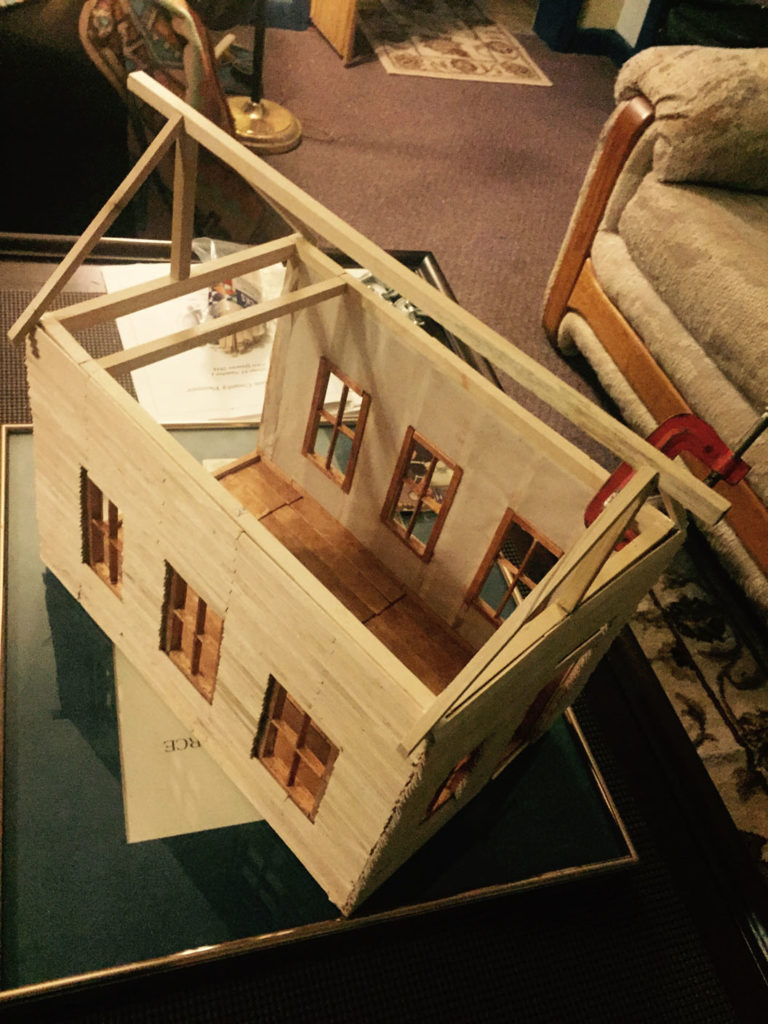
The models were created by Mike Carney with Popsicle sticks, craft glue and “a common steak knife.” (Courtesy Photo/Hobbs State Park) 
The school house includes interior details. (Courtesy Photo/Hobbs State Park) 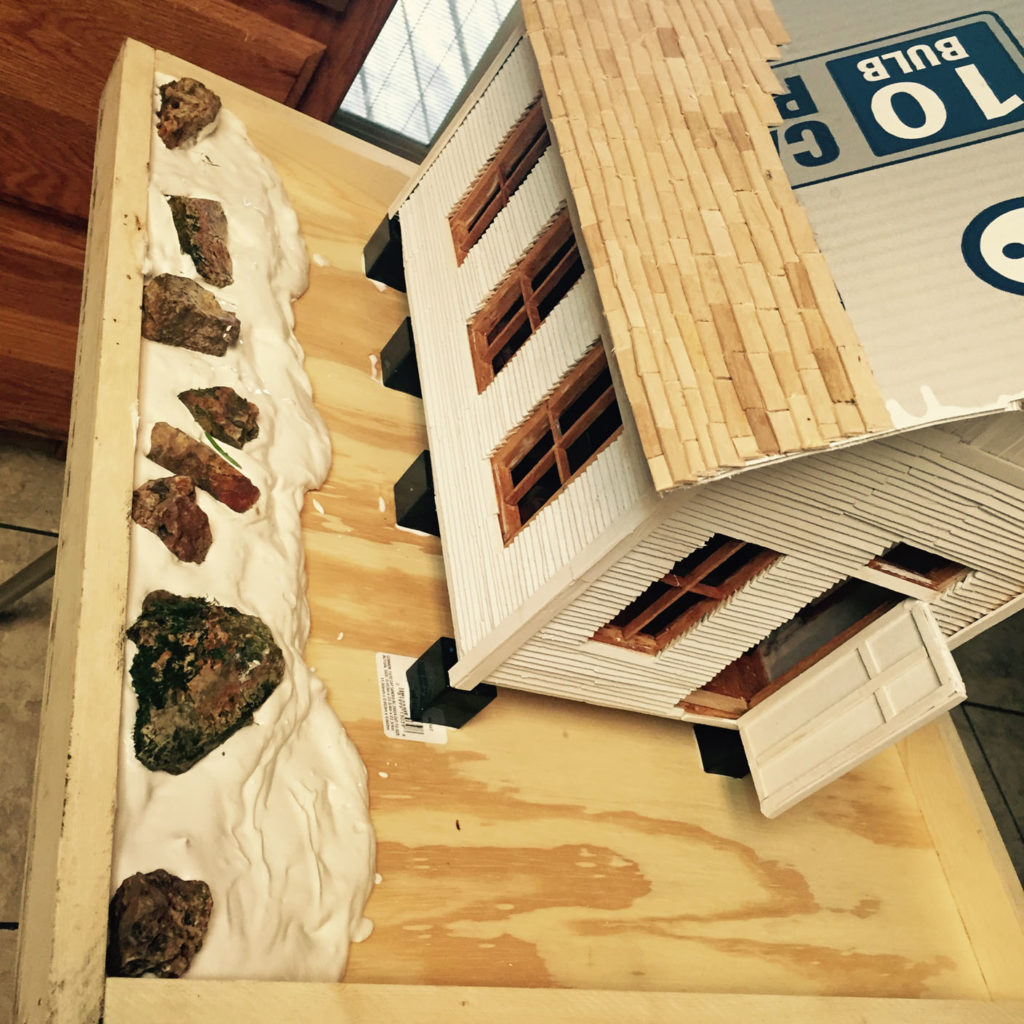
The models were created by Mike Carney with Popsicle sticks, craft glue and “a common steak knife.” (Courtesy Photo/Hobbs State Park) 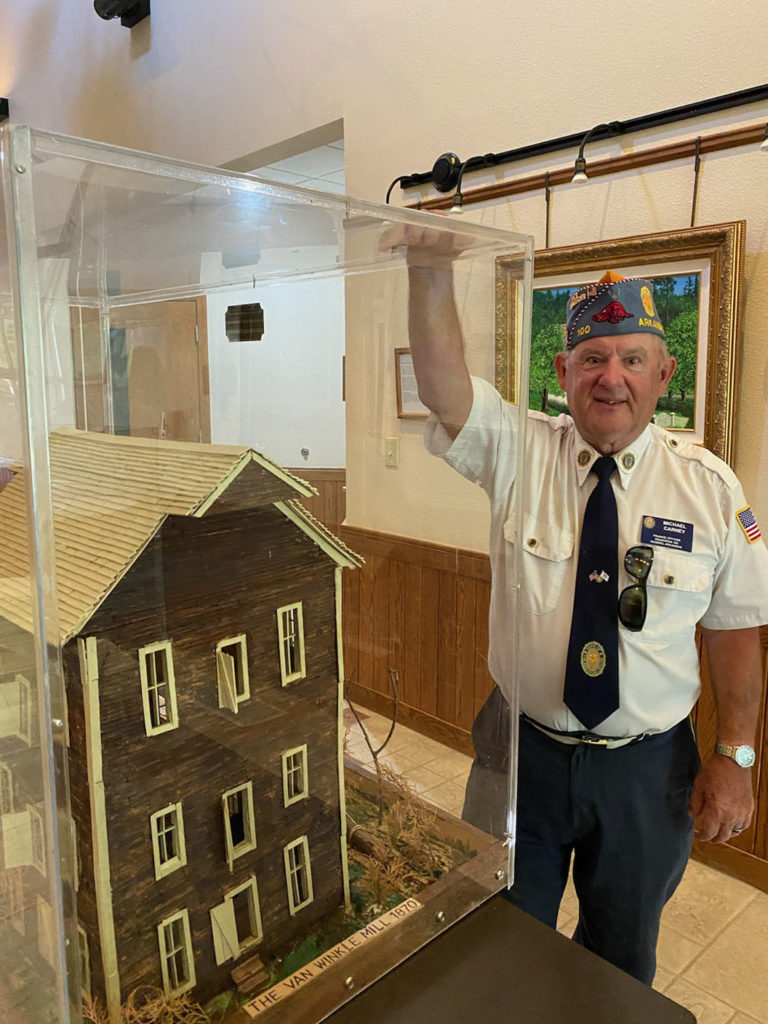
Mike Carney spent 557 hours to make a three-dimensional sculpture of the Van Winkle Mill, built in 1856 in Van Hollow in Benton County. His model is currently on exhibit at Hobbs State Park. (Courtesy Photo/Hobbs State Park) 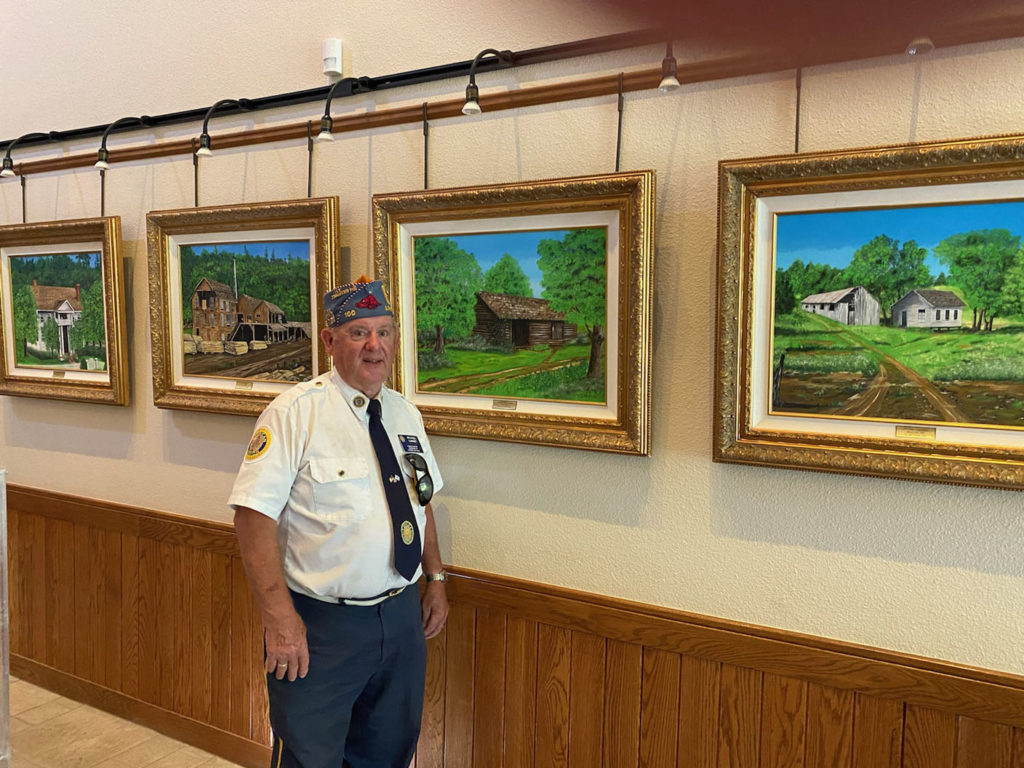
The paintings on show at Hobbs State Park were created by Mike’s brother, John Carney, who no longer lives in Northwest Arkansas. (Courtesy Photo/Hobbs State Park)
__
FAQ
Models & Paintings
By Mike & John Carney
WHEN — 8 a.m.-5 p.m. daily, through October
WHERE — Visitor Center at Hobbs State Park near Rogers
COST — Free
INFO — 789-5000
BONUS — The ADA accessible, half-mile Historic Van Winkle Trail lies just west of the park’s visitor center on Arkansas 12.



